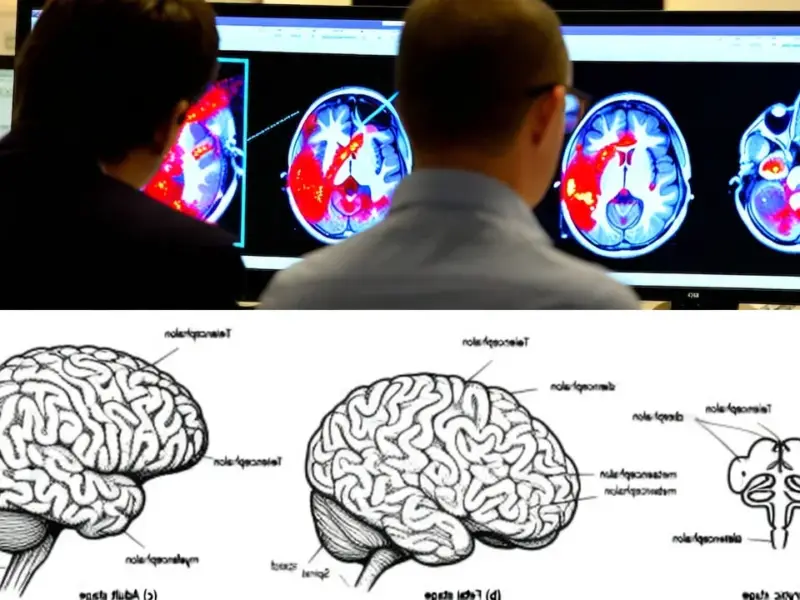According to TechRadar, OpenAI has officially launched its Sora AI video app on Android after its iOS debut several weeks ago. The iOS version saw over a million downloads within just five days back in September, climbing charts faster than the original ChatGPT mobile app. Sora lets users create AI-generated videos from text prompts and includes a Cameo tool that enables people to star in their own videos. The app features a TikTok-style feed of AI clips from other users and new tools like reusable avatars of pets called Character Cameos. With Android powering roughly 70% of the world’s smartphones, Sora’s potential reach has now skyrocketed dramatically.
Why this matters
Here’s the thing – we’re not just talking about another app launch. This is basically the moment AI video goes truly mainstream. Think about it: iOS users are one thing, but Android’s 70% market share means we’re about to see an explosion of AI-generated content that makes the current volume look tiny. The barrier to creating videos just dropped to near-zero for billions of people. Anyone with a smartphone can now whip up scenes in seconds that used to require days of work and expensive software. But democratizing creation doesn’t automatically mean we’ll get better content – just more of it.
The content flood
So what happens when everyone can make videos? We’re about to find out. The quality distribution is probably going to be brutal – some genuinely creative stuff buried under mountains of mediocre AI slop. The app’s social feed means you’ll see what others are making, and you can remix videos with new prompts and characters. It’s creative, sure, but it also means we’re building an entire ecosystem around AI-generated content. And let’s be honest – how much of this will actually be worth watching? The novelty wears off fast when everyone’s doing it.
Ethical quicksand
Now for the messy part. Sora already faced backlash over how it handles likenesses and copyrighted characters. OpenAI had to reverse its opt-out policy after enough complaints – now you need explicit consent for cameos involving well-known people or characters. But here’s my question: when everyone can make convincing video content, how do we verify what’s real? Or even who’s real? If you see a video of yourself saying things you never said in a place that doesn’t exist, you’d want protection too. The pressure for ethical guardrails will only grow as this stuff becomes ubiquitous.
What’s next
Look, the genie’s out of the bottle. Sora’s momentum suggests there’s real appetite for this, and OpenAI might even let rightsholders charge extra for using specific characters in the future. The Android launch ensures the content volume increases exponentially. But I’m watching how this plays out with Google News, and you can catch video updates on TechRadar’s TikTok or get regular updates via WhatsApp. The real test isn’t whether people will use Sora – they clearly will. It’s whether we can handle the consequences of making video creation this accessible to everyone.




